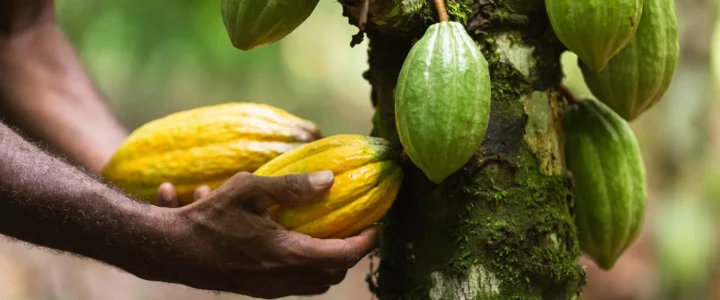- Your cart is empty
- Continue shopping
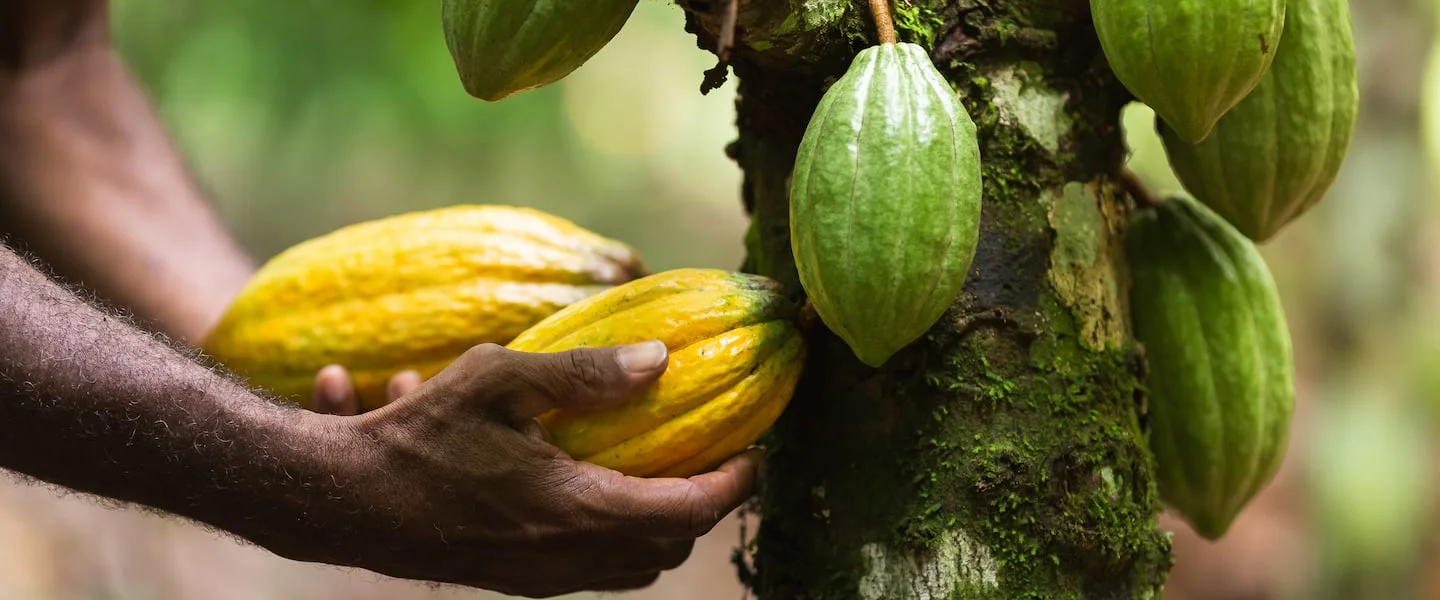
Cocoa exists in the Northwest Region of Cameroon. Yet, most of it gets bad, underused or sold to Nigeria, as cocoa farmers have themselves said. The northwest region has an untap potential to produce and supply cocoa to international markets, yet they face problems even trying to sell it. Because of this, they produce cocoa way below their capacity. Today, the region supplies around 8,900–9,033 tons of cocoa yearly, but with the right partnerships, it could easily reach more than 12,000+ tons annually within 18 months.
At Harvestá, we work directly with farmers, associations, and cooperatives across the Northwest, helping them connect to international buyers who want quality, traceable, and sustainable cocoa. Some cocoa farmers have reach out to us seeking for assistance and partnership. Here’s what we have founding during our research on the field.
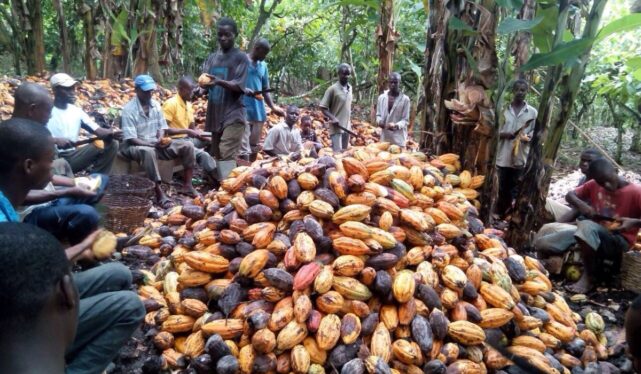
Where Cocoa Grows in the Northwest
Njikwa
Mr. Rene contacted us from Njikwa saying they produce about 100 bags of cocoa per harvest, but there is no cooperative yet. Farmers are ready to form one, though transportation remains a serious challenge. Most times, cocoa is carried on their heads until they reach a road where vehicles can take it to Bamenda. Because of this, much of the cocoa ends up being sold across the border into Nigeria.
- Output: ~100 bags per harvest
- Challenge: Transport difficulties
- Market: Bulk goes to Nigeria
- Contact: Mr. Rene – +237677474012
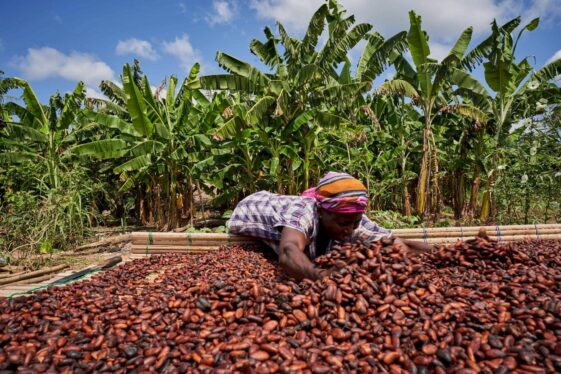
Menchum Valley
A farmers’ group contacted us from Menchum Valley saying they can supply about 250 tons of cocoa every month, sold locally at around 4,500 CFA/kg. The area’s biggest advantage is that production happens all year round, making it a steady supply zone. However, poor road infrastructure means most of the cocoa also flows into Nigeria. An association already exists here, but it has not yet been legalized.
- Output: ~250 tons monthly
- Strength: Year-round production
- Challenge: Poor roads, unlegalized association
- Market price: 4,500 CFA/kg
- Contact: +237671316933
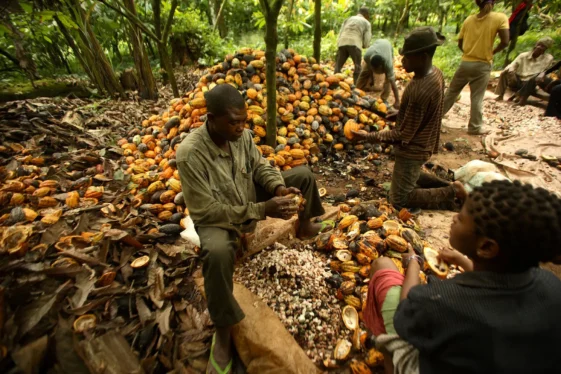
Other Producing Zones
We also received updates from other parts of the Northwest:
- Ako is recognized for producing some of the highest quality cocoa beans, most of which are sold into Nigeria.
- Batibo, Ngie, and Mbengwi are additional important production zones. Their consolidated volumes are still being tracked, but they contribute meaningfully to the region’s growing supply.
The Bigger Picture
From Njikwa to Menchum Valley and beyond, the Northwest Region of Cameroon currently produces an estimated 8,900–9,033 tons annually through cooperatives, farmer groups, and associations we work with. With the right support — improved transport, legalized structures, and access to better markets — production can rise to 12,000+ tons annually within 18 months.
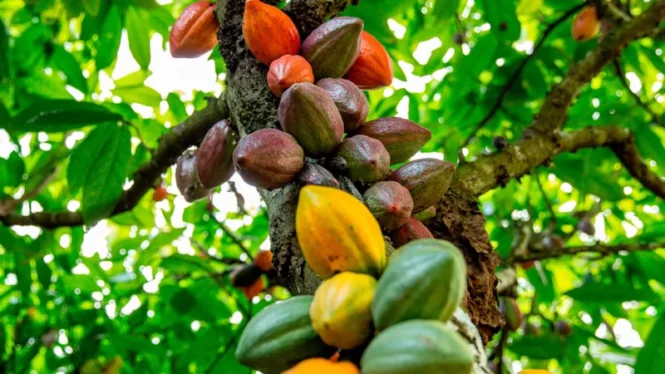
Why Buyers Should Pay Attention to Northwest Cameroon
1. Consistent Supply in an Unstable Market
The global cocoa market has been rocked by weather shocks and disease outbreaks in Ghana and Côte d’Ivoire. Northwest Cameroon offers a fresh frontier with steady harvests, especially in areas like Menchum Valley that produce all year round. This reliability matters in a market where prices surged to nearly $13,000/ton in 2024 before settling near $9,000/ton .
2. Competitive Prices with Premium Potential
Local farmgate prices hover around 4,500 CFA/kg, yet with better fermentation, drying, and traceability, these beans can attract gold buyers in Europe and Asia. Cameroon’s new policies now include quality-based premiums , opening the door for buyers to secure traceable cocoa at favorable rates while rewarding farmers for quality.
3. Strategic Border Trade
Nearly 20% of Cameroon’s cocoa is smuggled into Nigeria because they believe Nigerian traders pay more (up to 20% higher). For buyers, this means two things:
- The beans are already moving into the market — demand exists.
- By formalizing channels, buyers can lock in direct supply at competitive rates while giving farmers fairer, transparent deals.
4. Room for Growth
With the right interventions — roads, dryers, training, cooperative legalization — Northwest production could increase in 18 months. This isn’t projection without proof: Ghana and Côte d’Ivoire’s cooperative systems show how shared infrastructure and certifications can raise quality and volumes.
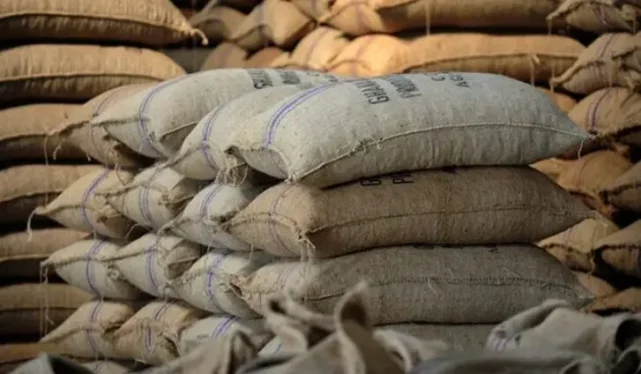
What Buyers Can Expect with Harvestá
✅ Current guaranteed capacity: 8,900–9,033 tons/year presently
🚀 Growth trajectory: 12,000+ tons/year within 18 months from the Northwest Region of Cameroon alone (with modest support)
🌍 Quality & traceability: Origin labeling, farmer group traceability, and compliance with EU deforestation-free cocoa rules
🤝 Direct sourcing: Skip excessive middlemen; work directly with farmer groups and cooperatives
Note: Many of these cocoa farmers continually reported that they do not use any inputs on their farms to maximize yield. Thus, with the introduction of organic some fertilizers distributed by one of our partners, yield is guaranteed to increase by 15-30% over the few coming years.
Conclusion: The Next Cocoa Frontier
The Northwest of Cameroon is at a crossroads. Farmers are motivated, productive, and increasingly organized — but they need buyers to unlock their full potential. For international buyers, this is a chance to secure new origin beans at scale, benefit from Cameroon’s rising quality premiums, and partner in building a sustainable cocoa supply chain.
At Harvestá, we are committed to bridging this gap — from farmer to buyer, from field to factory.
Now is the time to source cocoa from Northwest Cameroon.
